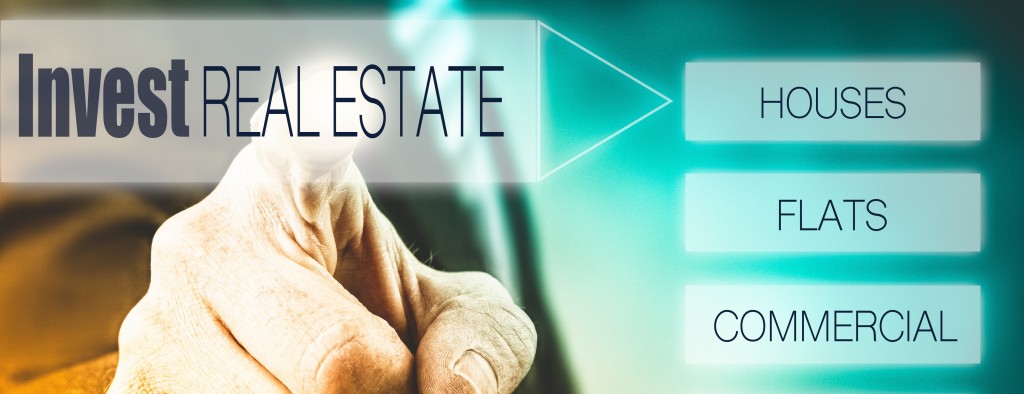
Before you decide on what down payment is best for you first decide on the strategy of why you’re investing in real estate. Buying and holding real estate is subjective to how long you want to hold the property and why. Most customers that I deal with are looking into buy property for a long-term hold, mainly as a retirement asset. The are wanting the asset to generate a passive income today as well as when they retire. Even with that strategy some people feel they need to put at least 50% down when purchasing real estate to give them greater peace of mind knowing that they only have a 50% leverage on the property. Leverage is leverage. It all depends on the payment option that you feel comfortable with but not get too greedy. You will need to be smart with your money. You work hard for money and you want to see it grow for you.
I’ve been working with investors for over 17 years and have been fortunate enough to be an investor for the last 10 years. I personally feel that real estate investing is always the best way to go regardless of the economic environment. I love having discussions with some of my very seasoned landlords that have been vesting since the early 80s. To hear them talk about the difficulties of finding loans over the years and also accepting rates that today a lot of new investors would not even think about doing. Most of the investors that I work with have the same strategy that I do. Buy-and-hold. Because of that the sweet spot for down payment typically is 20% down. The main reason for 20% down is they don’t want to have private mortgage insurance and they want the options to escrow their tax and insurance payments. Most pro-formas that you will be presented when purchasing investment property will typically have a 20% down and 80% loan to value scenario.
Can you put less down the 20%? Yes, we do have a 15% down payment option available, but keep in mind it does require private mortgage insurance and your cash flow will not be as good.
An example of the benefits of putting a full 20% down versus 15%.
| Price | $150,000.00 | $150,000.00 | Difference |
| Interest Rate | 5.000% | 4.750% | 25.000% |
| LTV | 85% | 80% | 0.05% |
| Down Payment | $22,500.00 | $30,000.00 | -$7,500.00 |
| Loan | $127,500.00 | $120,000.00 | |
| Monthly Payment (P&I) | $684.45 | $625.98 | $58.47 |
| Private Mortgage Insurance | $71.00 | $71.00 | |
| Total Monthly Payment | $755.45 | $625.98 | $129.47 |
As you can see in the chart that for a measly $7500 more in a down payment, you would eliminate having to pay PMI for the next 44 months (44 X $71.00 = $3,124) as well as the cost of money is 0.250% better with 20% down ($7,500 @ .250% over 44 months is $951.57). You do the Math!
The next example will show the benefits of using 20% down leveraging for properties versus buying one property and paying cash.
| Price | $150,000.00 | $150,000.00 |
| Interest Rate | Cash | 5.000% |
| LTV | 0% | 80% |
| Down Payment | $150,000.00 | $30,000.00 |
| Loan | $0.00 | $120,000.00 |
| Monthly Payment (P&I) | $0.00 | $644.19 |
| Monthly Rent | $1,500.00 | $1,500.00 |
| Vacancy 8% | $1,395.00 | $1,395.00 |
| Management 10% | $150.00 | $150.00 |
| Net Cash Flow – (P&I) | $1,245.00 | $600.81 |
By paying cash for one property for a $150,000, your net cash flow is $1245. By putting 20% down with an 80% loan to value in a 5% interest rate your net cash flow is reduced to $600.81. Let’s not stop there. Keep in mind that 20% down payment on the hundred and $150,000 home was only $30,000. If you bought FOUR $150,000 homes and put 20% down on each with the same loan terms and monthly rents you could increase your return on investment $1158.24 a month. Invest your money wisely.







Leave a Reply